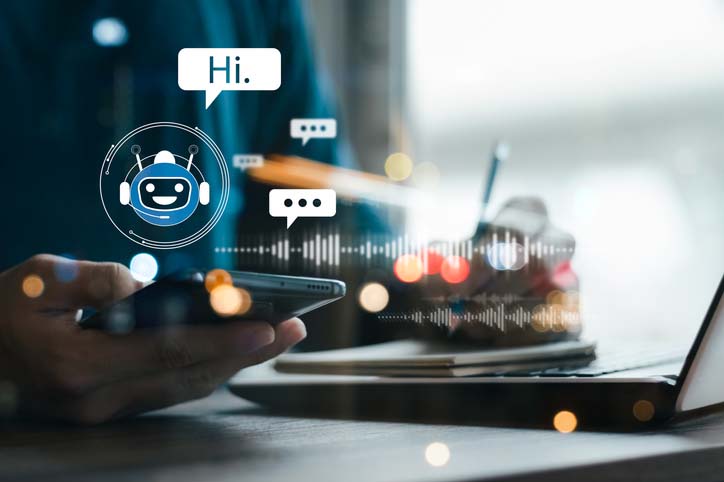Richard Jones, VP Sales for Northern Europe, Confluent
Will increased AI adoption simply lead to a reduction in human intelligence? Is AI really ready for widespread use? If a DPD chatbot can swear at you for chasing a package, what else can it do to get your business into hot water?
These are the types of questions that business leaders are asking themselves across almost every department and every sector.
For some, AI is set to create new industries, save costs, and boost economies, for others, it represents a risk to jobs, productivity, and could even result in potential lawsuits.
But between optimism and cynicism, the actual role of AI often gets lost in a sea of misinformation. This article hopes to combat some common misconceptions among business leaders, consumers, and the workforce at large. Let’s shed some light on the nuanced AI debate:
Misconception 1: Customer experience loses its human touch
The fear: If AI is allowed to dominate customer service, impersonal and unsatisfactory customer experiences will quickly become the norm. Brand loyalty and customer engagement could falter if machines can’t yet properly understand the subtle nuances of one-to-one human interactions.
The truth: AI-powered chatbots and virtual assistants go above and beyond human limitations, providing instant responses 24/7. While you can’t rely solely on AI, it specifically addresses many weaknesses of human customer service.
AI can provide tailored recommendations and services, meeting consumers’ growing demands for personalisation. The advent of data streaming platforms has enabled accurate, personalised, human-like suggestions in real time.
By combining AI and human intervention, it’s possible to tackle complex and sensitive issues without losing out on the benefits of AI. The truth is in the data – businesses have seen increased customer satisfaction scores following their integration of AI in customer service.

Misconception 2: AI is replacing employees
The fear: From AI robots monitoring factory production lines to robot waiters brought in to tackle hospitality staff shortages, humans are gradually being eliminated from their roles in favour of machines.
The truth: AI can streamline and automate the mundane, but isn’t ready to take on most human roles in their entirety – and won’t be for some time. It’s heavily dependent upon human input to direct, contextualise, and control its functions.
Those employees are not only reclaiming time lost on boring admin tasks, but reinvesting it in training and upskilling for newer roles — which are constantly evolving. Some jobs are changing, while entirely new ones are being created too.
In short, AI isn’t replacing people; it’s augmenting their roles and responsibilities, while also allowing them to focus on the more human parts of their day-to-day.
Misconception 3: AI is an unregulated free-for-all
The fear: Initially seen as operating free from regulations, standards or ethical guidelines, AI deployment raised concerns among business leaders — from unexpected lawsuits to privacy breaches, or even a total loss of control over their corporate data. With Rishi Sunak specifically saying that the UK will not “rush to regulate” AI, aren’t the rules around AI akin to the Wild West?
The truth: Rather than being a free-for-all, the AI industry is working with governments towards a set framework of guidelines, ethical use, and regulation. Existing regulators are to collaborate on developing rules and guidelines as the technology develops, and businesses should be careful to ensure proper use of AI across the board while the framework is still underway.
This all depends on what data you’re using to feed AI. Do you freely provide your AI tools with access to every piece of information business-wide, or are there privacy restrictions to be mindful of? Do key stakeholders know you’re training AI with their data? Do they have a right to know? These are all key considerations that need to be asked.
To tackle these questions, many businesses are opting for ‘stream governance’. In a less technical sense, this allows businesses to feed their data into AI in real-time, whilst adhering to any predefined rules and regulations surrounding data policy and ethics.
So: what is AI in business?
AI isn’t as binary as machines triumphing and humans losing out. It’s much about harnessing AI so it elevates and empowers our existing workforce.
With the increasing adoption of AI, the question goes beyond whether to embrace or reject it; it’s about how we feed AI, and how we navigate the adoption of new technology in line with ethical and conscious data management practices.
AI is only as good as the data it’s trained on. So let’s talk less about the work it could alleviate for employees and more about our responsibilities surrounding data sharing.


